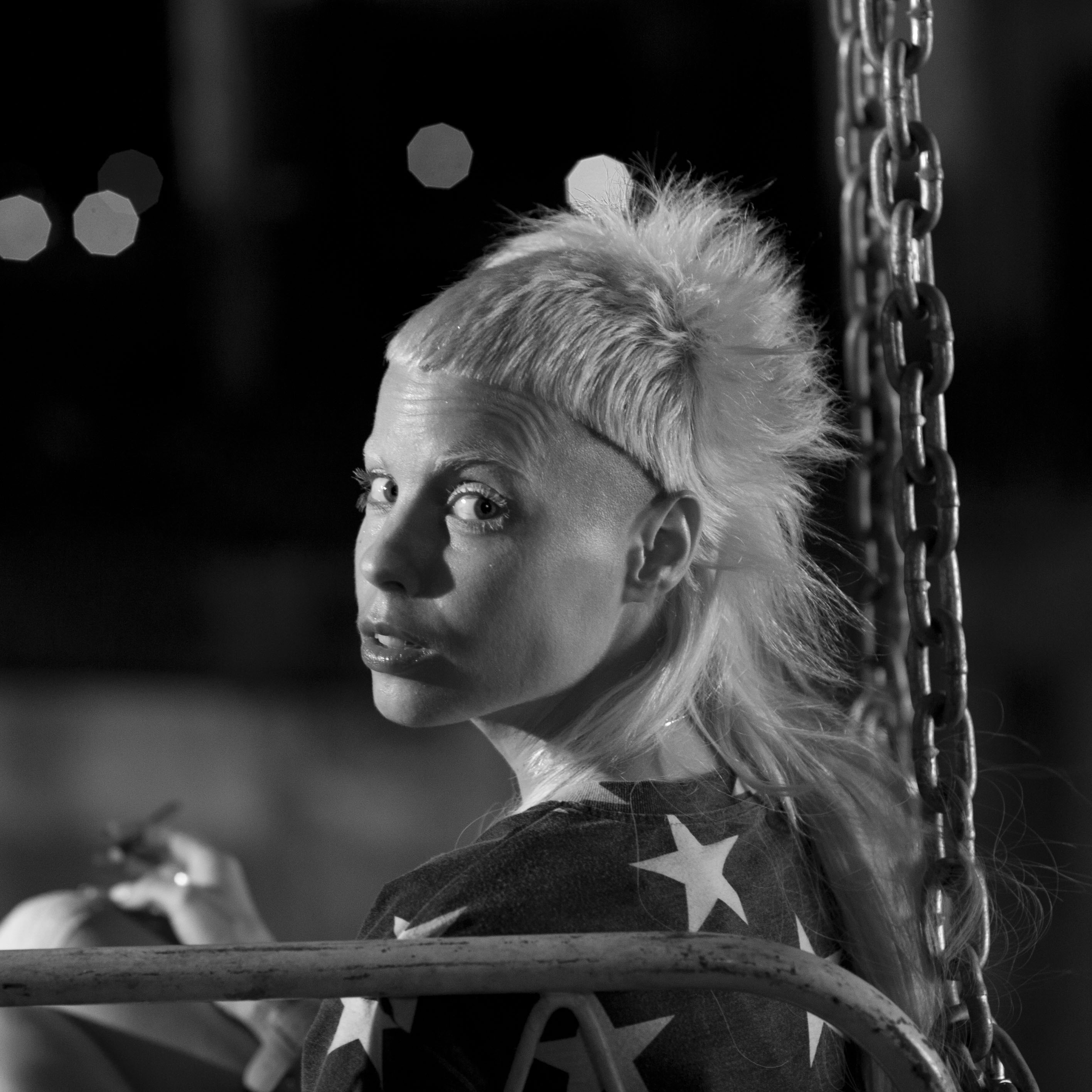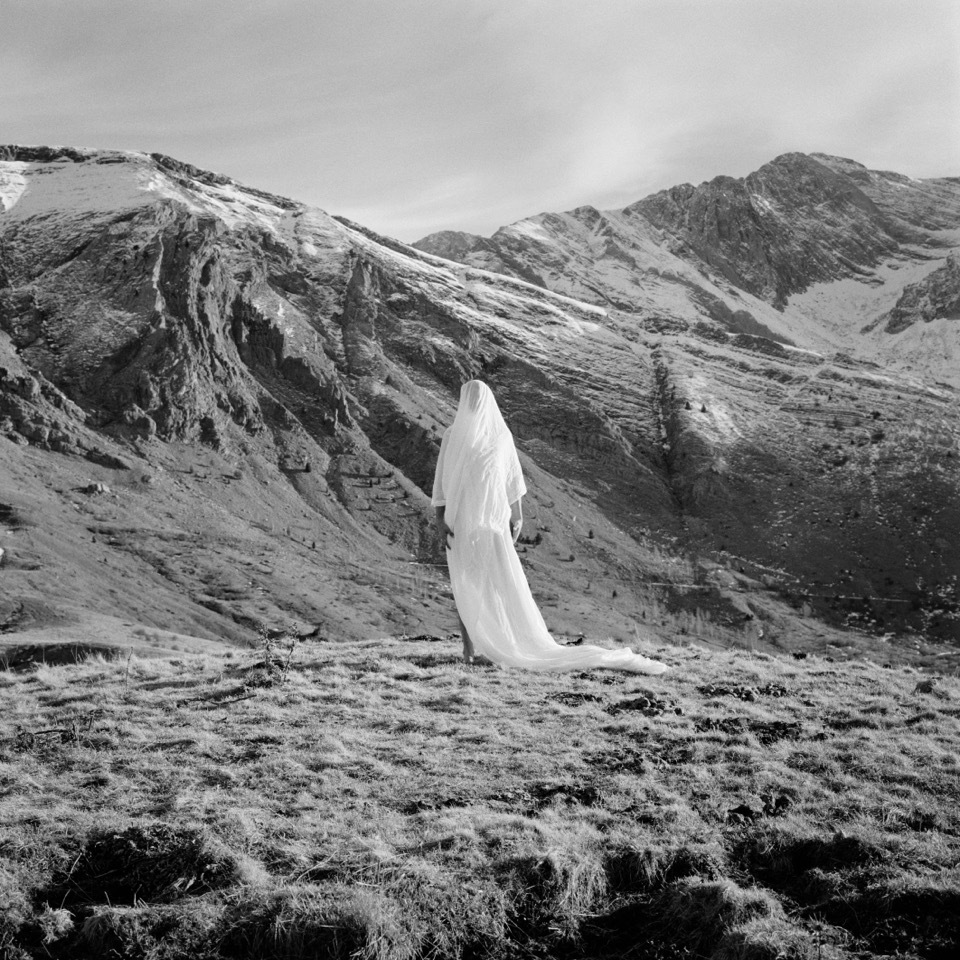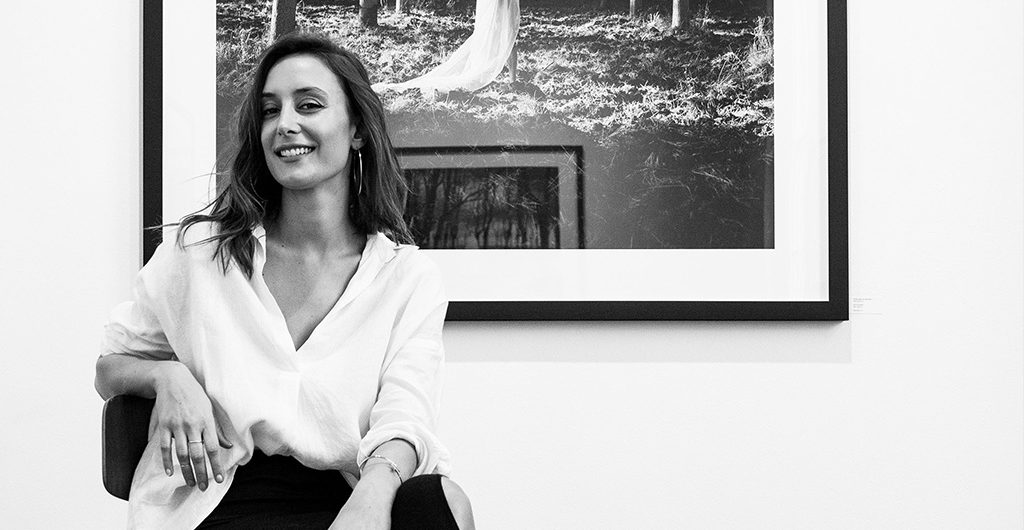Read as we catch up with Johannesburg-born photographer, Stephanie Blomkamp to talk about her journey from digital to film photography
After moving to Vancouver when she was young, she spent the majority of her childhood in Canada and later Europe but since moving to Cape Town says “I am proud to call Cape Town home now. With the Zeitz opening and the immense artistic talent around the city I think its a great creative hub”.
Hey Stephanie, how did you start out with your photography, was it something you always wanted to do?
Photography for me is the still point in a turning world. It really anchors me and is my greatest passion. It brings me a lot of joy when I hear the click of my Hasselblad sound and I know I got the shot.
I have always wanted to be a photographer – when I last moved I found some ludicrously juvenile school project that I did as a kid, where students fill out what they wanted to be when they grow up; mine said photographer. It’s just something that has always been innate. I knew when I was in Vancouver at about age 15 that I wanted to do more photography, my High School there didn’t offer it, and so I moved to London to do my A-levels and took a photography class. It was heaven! Learning to use the darkroom as a teenager in the creaky basement of a London building that rattled every time the tube went by underground was exhilarating. I knew I was happiest around chemicals and watching moments manifest on paper in the red light. Minus the darkroom instruction at my school, I am a self-taught photographer. It’s a wonderful art to learn if you train your eye and actually get out there and start shooting!

Please tell us a little bit about your latest work/exhibition and where it can be viewed?
Currently on show at the Photography Gallery THK in Cape town is my Shroud series. I worked on this project while I was living in London; I used the city as a launch pad to travel around Europe where I shot the series in France and Spain. I was looking for locations with a classic, timeless feel – places that looked untouched by man, or spaces that evoked a temporal feel like ruins and churches. I shot a lot in cloisters where the light had a very ethereal feel. That’s one of the elements I like most about photography; with a camera you are armed with a purpose to be somewhere and to see what many people may miss seeing – the artist should observe and project their visions.

I know you shoot exclusively with Hasselblad, why is this? Have you always shot film or did you move away from digital at some point in your career?
I suppose you could compartmentalize this question: for commercial I always shoot digital and for my fine art photography analogue based. I studied English Literature at University but found I spent most of my time in the darkroom at the student union building. Being part of a photography society at Uni was the best part of my time there and so when I graduated my brother bought me a Hasselblad camera. It was such a beautiful tool I was so honoured to own it, I made a pledge that I would use it to create projects that I wanted to shoot that were in my mind, and I have been doing so ever since. For my fine art photography projects my Hasselblad is my go-to camera. I dig the square format. Shooting Shroud on it was perfect because the square shape makes it favour neither landscape nor portrait so it created a very balanced image.
Shooting medium format is rather costly, you only get 12 exposures on a 120 mm roll. One needs to know what you want to shoot and how you are going to shoot it. It is definitely not a street photography fast tool, it demands a lot of patience, preplanning and stillness which I really like because it slows my practice down and makes me disciplined. I use it a lot for shooting portraits, excellent in natural light.
Since I moved to Cape Town, however, I worked on a new series that really needed more information on the sides, full frame with 9:16 ratio, so I rented some gear from Orms and experimented with digital for the first time in a while since my days as a stills photographer.
My photography career really started with the experience I had working as a stills photographer on film sets in North America & Mexico – it was all digital based, no film. I would shoot roughly a thousand images a day on-set, by the end of the week I was swimming in raw images, after blurry nights of editing when I had to submit images to the marketing team the hard drive was bursting. Probably the reason I love only 12 exposures with medium format photography now!
On-set photography work is all about the best, fasted, most light sensitive camera. Personally, I love Nikon and I shot most of my poster work with that for movies like Elysium and Chappie. The most needed lens is a 70-200 Nikon 2.8. Can’t get what you are required to document without that. Also having a selection of prime lenses is essential. You have such little time to capture the scene and are at the mercy of light from the DOP so you really need the right tools, and attitude because you are not the priority (the A camera is!) to get the shot.

Do you process and print your own shots?
In the past, I used to develop my own negatives and print my own work. In Vancouver I transformed the bathroom in my small apartment into a dark room – it was tricky and I smelled like chemicals! So when I moved to Europe I either joined a collective where other photographers and I shared the expenses and upkeep of the darkroom, or if I had more cash flow from commercial work I would indulge and use a professional lab. The best one in London is called Metro Imaging, it is a small boutique printing agency that made my work for my first solo show and also printed the Shroud lead image that got hung in the Royal Academy of art. Having a reliable print lab and professional people handle your work is incredibly important as a fine art photographer. You need staff that you can trust and who understand what you are trying to do and help execute your vision. Orms has been my go-to place since I got to Cape Town. They develop all my film and do scans. It’s a nerve-wracking part of film-based photography, the waiting! But I am always happy when I get an email from the lab with my negative scans. Orms did the printing for my current show, the gallery and I are both impressed, the show is on till the end of the month so go check it out!

Your work is very stylised, who or what do you draw inspiration from?
My work is very stylised. It is like this because I am a perfectionist and my work is detail oriented. When I set out on a series I usually have a specific frame in mind, once I execute that particular shot, however, then I am free to experiment and let photographs happen organically that I didn’t preconceive. What attracts me to art is always a surreal aspect, I try to incorporate this in my photographic practice.
I have always loved the photography greats, mostly Magnum alum, and contemporary photographers too who are doing great things, though I usually gravitate mostly to the ones still shooting on film. I admire the photography by London-based artist Richard Leroyd who shoots on a giant camera obscura – he creates one-off pieces (no negative, the image is exposed directly to the photo paper) usually portraits or silvery still life’s. His work contains a certain stillness about them which I find beautiful, when I look at them they give me a very dreamy feeling which I hope to do with some of my work too. But at the core of my inspiration, it is usually stories from books, poetry, or movies that I find to generate a lot of what I want to conceptualize and capture on my camera more so than other photographers. T.S Eliot is an endless source of inspiration for me, lines from his poetry influence my work:
Between the idea
And the reality
Between the motion
And the act
Falls the Shadow
Is there a certain message you would like to project with your work?
The medium makes me a bit romantic – what conveys a message about time and the need to distil each moment better than a photograph? Perhaps this is my underlying mantra, but I don’t think I have a particular message with my photography on the whole, however with each series I am trying to visually convey something. For example with my Shroud series, it may initially arrive at a viewer as a tad morbid, perhaps because at its conception I was influenced by the 17th century Vanitas movement in Dutch painting – where artists would dedicate their canvas to memento mori – a reminder that we will all die. Essentially though I wanted to invert that memento mori into something more optimistic and celebratory. Shroud is an ode to life, to all the in-between moments. I made the series with the two-fold intention of aesthetically creating a balanced black and white image (tricky to do!) and touching on the dreamy elements of life that are unseen, unheard and intangible, essentially the goal was the make a shadow transient. Shroud is a body of work that is open to all sorts of interpretation, what I was aiming for personally was a celebration of traditional photography techniques, I am always in awe of the magic alchemy of photography and have a desire to observe the beauty of life and celebrate the present.
Stephanie’s latest exhibition ‘Shroud’ is currently on display at THK Photography so be sure to check it! To keep up with all Stephanie’s future projects, give her a follow on Instagram.








